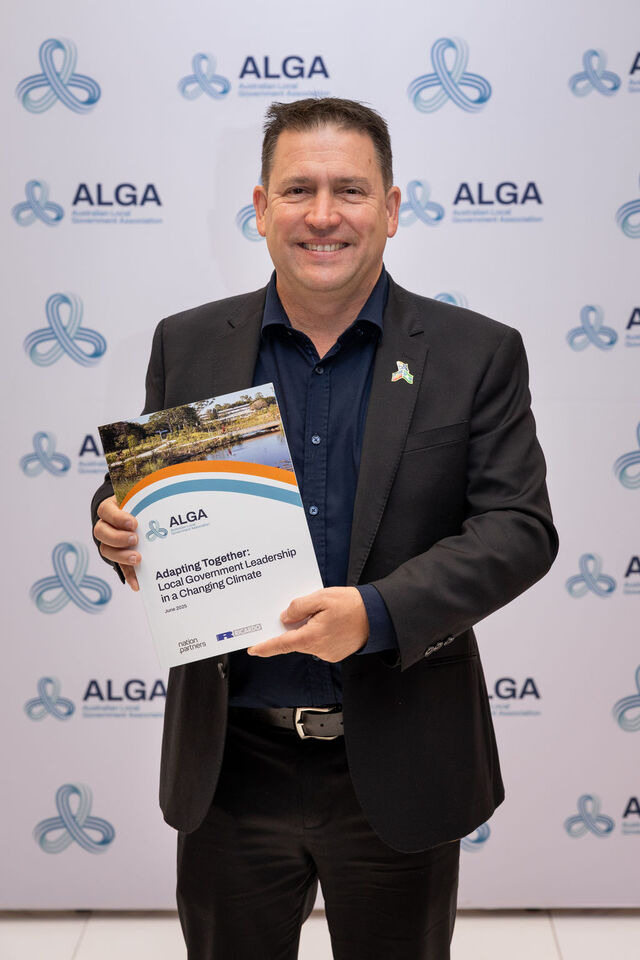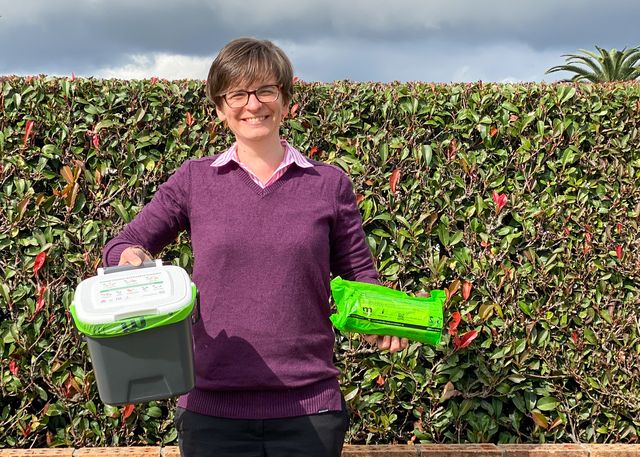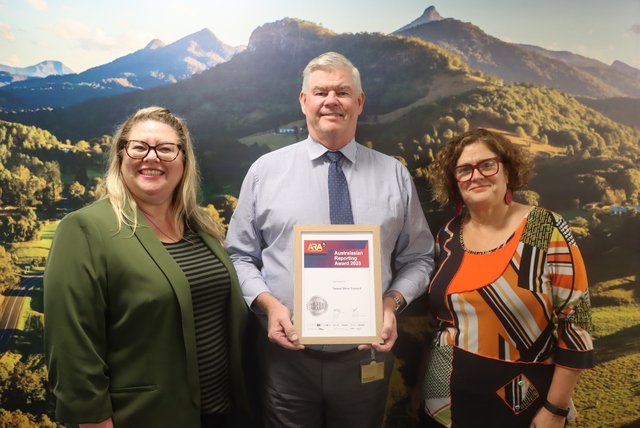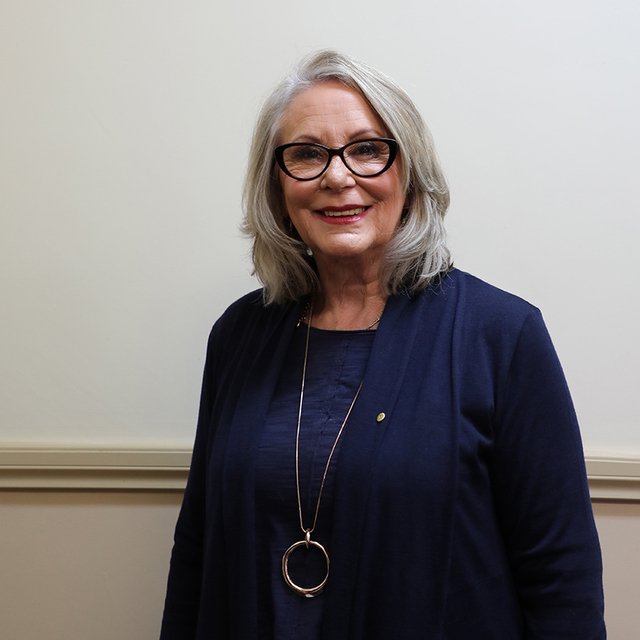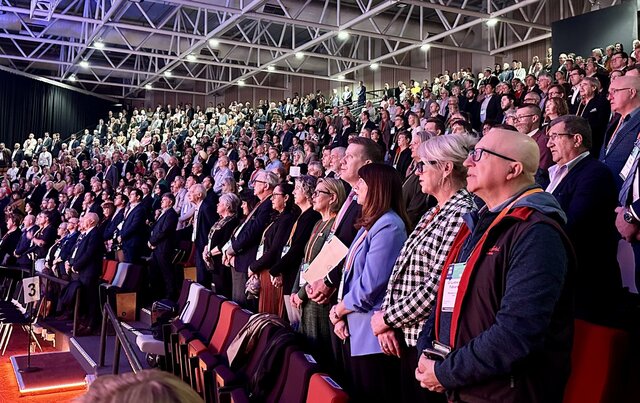Councillor Tilak Dissanayake, Warrumbungle Shire Council, New South Wales
Q. How long have you been on Council?
I was elected in 2008 and am currently serving my first term.
Q. Why did you become involved in Local Government?
I was born in Sri Lanka, which is a Commonwealth country and is similar to Australia in many ways – they play cricket, rugby and drink beer – but it also has a very similar political structure.
My family and extended family have a long history of political involvement, from an ex foreign minister to my father, who was appointed as a special commissioner for councils by the Sri Lankan Government. These people inspired me to want to make a difference in my own community, and I guess you could say I have politics in my blood. I am a community minded person and when several people in my local community suggested I run for Council, I thought it would be a great way to make a difference, particularly by lobbying the State and Federal Government for improved health services in the bush.
I am now proud to be a part of Australian politics.
Q. Describe your Local Government area.
Located in northwestern New South Wales, Warrumbungle covers 12,000 square kilometres and has a population of 10,000 people. The area has a lot of natural scenic beauty, including Warrumbungle National Park and the Coolah Tops ranges, and the township of Coonabarabran is the astronomy capital of Australia. These icons, as well a number of art galleries, our strong cultural heritage, old farming homesteads, and the history of our wool and cattle industry make the Shire an ideal tourist destination and a great place to live.
Q. Tell us about your role in the community as a doctor and how you are trying to improve local health services.
I graduated from Monash University in 1994. After training at both the Alfred and Austin hospitals in Melbourne, I moved to country New South Wales to begin a rural medical career. I am the only doctor serving the township where I live – Coolah and its surrounding areas. I am also the Vice President of the Rural Doctors Association of New South Wales. My aim is to improve health in rural Australia.
In February, I attended a breakfast meeting with around 80 Members of Parliament from all parties at Parliament House in Canberra. This was organised by the Rural Doctors Association of Australia to raise awareness of rural health issues.
Rural towns are based on services, and our communities will die if there are no health services available. If there are doctors/nurses and allied health professionals looking after residents within a close proximity, more people will stay and more people will come to the towns and support other local businesses.
Local Government has a huge role to play in this area. It is important that we support doctors, nurses and allied health professionals and their families by offering them suitable accommodation and other incentives. Councils are aware of the need to help more with recruitment and retention of health professionals, and they are beginning to do a good job of it, but Australia has a huge land mass and there are a lot of rural areas to cater for. It is crucial that we lobby and work with both State and Federal Governments to enable us to serve these areas well. We must create strong networks and we must influence Federal politicians of all parties to improve health services in rural areas, including infrastructure. In recent years, we have seen many health facilities and hospitals closed down and we need to fight to retain what we have left.
Q. What other issues are important to you?
In rural areas, infrastructure, roads and services, including water and sewage, need to be maintained at an affordable rate to the ratepayer. We must also address the issues that the community sees as important and we must advocate for them in these areas.
Q. What do you most enjoy about being a Councillor?
The most satisfying aspect of being a Councillor is the ability to provide a voice for rural communities and to take part in the decision making process to effectively improve people’s lives.
I also admire and give praise to all the people I work with in Local Government – they are local people working for local needs and are quite often undervalued. It is amazing to be a part of a network that has such great intent: they do what they do for their communities and are in touch with what their areas want and need. Other levels of government must help more with this task and play a bigger role in providing essential services.
Councillor Gareth Ward, Deputy Mayor, Shoalhaven City Council, New South Wales
Q. How long have you been on Council?
I was elected in 2004 at the age of 22 and I am the youngest ever Shoalhaven City Councillor. I stood again for re-election in 2008 and topped the poll, and was then elected unopposed as Deputy Mayor, and re-elected in 2009.
In 2008, I was elected to the New South Wales Local Government Association State Executive. I am also a member of the One Association Task Force, which is engaged in bringing the Local Government Association and Shires Association together to form one new Local Government voice for New South Wales councils.
Q. Why did you become involved in Local Government?
Having lived on the south coast of New South Wales my entire life, I wanted the opportunity to give something back to our local community. I would frequently attend Council meetings after university lectures and listened to the issues that were being debated. I was fascinated by the diversity and complexity of the matters facing our Council – from the management of sporting facilities, to planning and development, preservation of the local environment and strengthening our local economy.
I joined the Young Liberals at age 16 – I have always had a passion for politics and our political system.
Q. What makes your council area special?
Located on the South Coast of New South Wales, Shoalhaven is an impressive part of Australia. Just under two hours south of Sydney, we comprise the coastal areas of Kangaroo Valley, Berry, Nowra, Shoalhaven Heads, Cambewarra, Bomaderry, North Nowra, Jervis Bay (Huskisson and Vincentia), Mollymook and Ulladulla. From there we take in Bawley Point to North Durras.
The Shoalhaven Council area has 109 beaches, including Jervis Bay, which boasts the whitest sand in the world!
Q. What innovative projects or policies is your Council working on?
Transparency and accountability in local democracies is critically important. Council led the nation in publishing the declaration of election expenses and pecuniary interests of each elected Councillor live on the internet next to each Councillor profile.
Modern technology can bring people and government closer together. Sunlight is the best disinfectant, and if the internet can assist in ensuring our decisions are more open and transparent, then I have no doubt that democracy and our community will be the winner.
Coming from a small business family, ensuring our Council is supportive of our local small businesses is also very important to me. Working with our staff, Council has developed a ‘Local Preference Policy’ to ensure our organisation is committed to supporting our local economy. The objectives of the Local Preference Policy seeks to ensure that Council achieves the best value for money in the Tender process, while (where possible) giving a preference to local content to support the City’s economy.
Q. What issues are important to you?
The erosion of community consultation through the centralisation of local planning and development powers by the New South Wales Government remains a fight to which I am completely committed. From 1 July, New South Wales councils lost a series of planning and development powers to Joint Regional Planning Panels (JRPPs). These panels comprise three Ministerial appointments and two appointments by the Council. All JRPP members are representatives of the Crown – and not the community.
JRPPs were largely a response by the New South Wales Government to the Wollongong Council ICAC investigation. Ironically, a system that was promoted as seeking to fix many of the ‘dark corners’ of the planning system didn’t provide a publicly available pecuniary interest register for JRPP members – just like all Local Government Councillors.
Working with the Local Government Association, we have not only seen the New South Wales Government acquiesce on handing back some planning powers – it has also announced changes to their legislation to provide for a pecuniary interest register for JRPP members.
The rollout of the Federal Stimulus Package also saw the introduction of the Affordable Housing State Environmental Planning Policy. This policy heralded the withdrawal of even more planning powers and the approval of developments often twice the size, bulk and scale that local planning instruments would allow for any private developer.
Q. Tell us about a specific success you have had in Local Government.
By working with my fellow Councillors, I have been able to bring to the table a number of initiatives of which I am very proud. The most rewarding are those examples that demonstrate a ‘hand up’ rather than a ‘hand out’.
The Kangaroo Valley Footpath Action group brought a proposal to Council and sought funding for community volunteers to construct a footpath through their village. The community didn’t want to wait for Council’s footpath plan to provide funds and, subject to funding and fundraising, decided to get on with the job its self.
Three successive Council budgets have provided funds to supplement community fundraising and deliver one of the most impressive footpath/cycle ways to promote this wonderful part of our City. While Council has provided the funds, it was the community that banded together to deliver the project, proving that in partnership with our community, we can bring about change.


